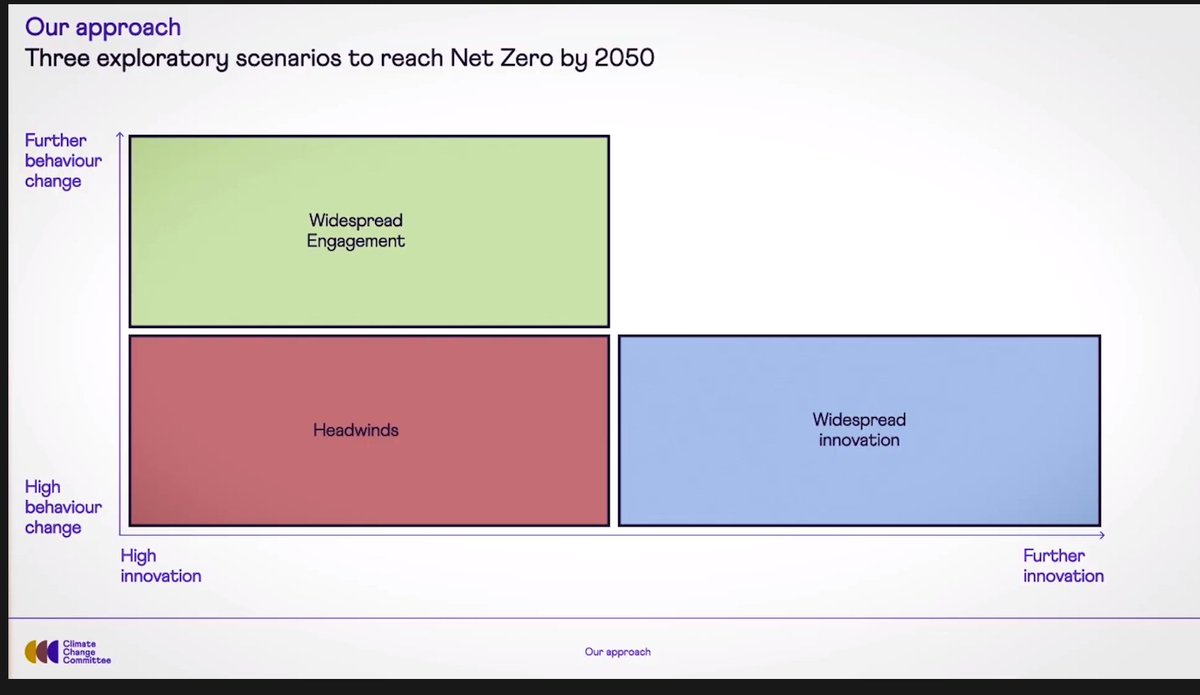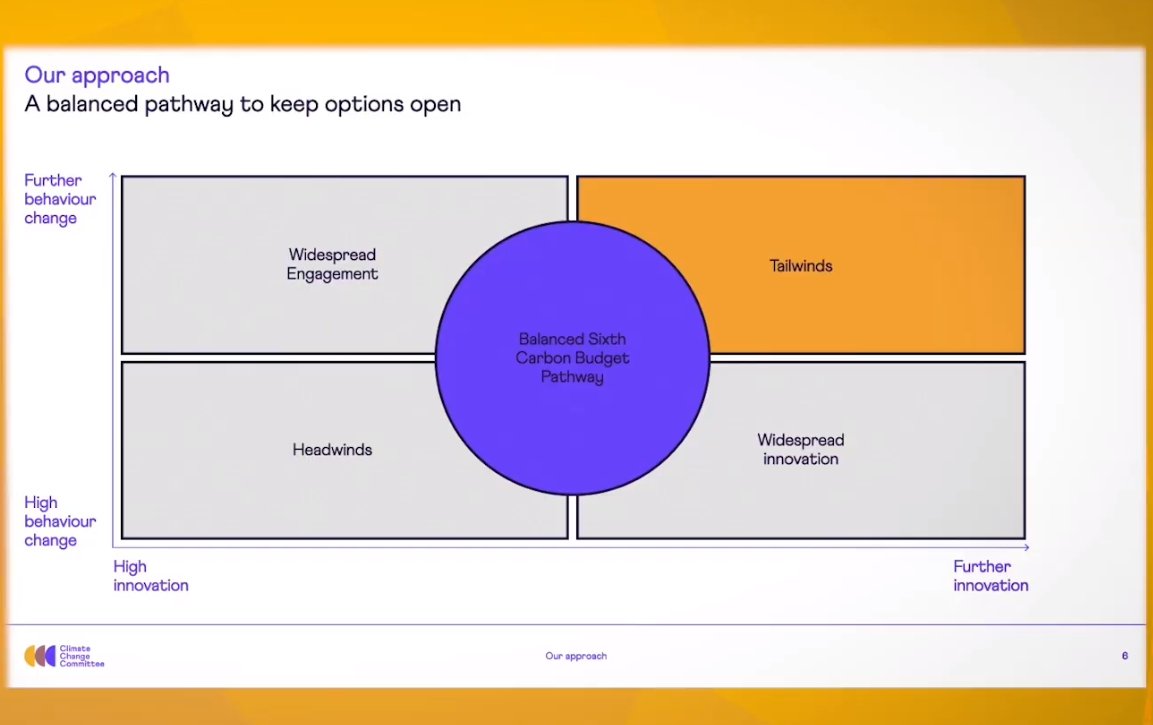On Saturday 12/12/20 I saw this on a Facebook group of which I am a member. The comment from the poster mentioned it was taken near Langholm in Dumfriesshire.
It appears to show the use of a forestry plough peat soil
2/19
I'm partisan enough to admit that my initial idea was that this might be on Langholm Moor which was the site of a controversial experiment in grouse moor management. I contacted the poster and he sent me this map of the location. Which is not on Langholm Moor 3/19
The location is significant. But before I go into it, a quick explanation of what you are looking at. This photo shows peat ploughed with double mould board forestry plough. Trees are planted on the ridges thrown up, while the furrow drains water. 4/19
The cut in the centre of the furrow is from a 'tine' breaking up a hardened layer of subsoil called an 'ironpan' which inhibits root development. The presence of this pan is the justification for ploughing rather than 'mounding' this site 5/19
Ploughing on peat soil is very controversial, because it exposes the peat causing it to dry, this not only prevents more peat forming and locking up carbon dioxide, it actually causes the peat to release both Co2 and methane, which are potent green houses gasses. 6/19
The argument is that the carbon caught by the trees will balance out the carbon released by the peat. On any peat soils this takes a long time, but on deep peat it will never happen. So the UK Forestry Standard, which regulates forestry bans planting on peat over 500mm deep 7/19
That none of these images appeared to show rocks or mineral soil thrown up by the plough suggested to me that the peat being ploughed was probably deep peat. If I can see this surely a competent forester and an experienced contractor could. 8/19
Aeneas Nicholson (the man in the arena) went out and dug a wee hole in the peat and took this picture, which (apparently) shows peat in excess of 500mm deep had been ploughed. This is a very environmentally damaging practice and a breach of the UK Forestry standard 9/19
I sent a nice email to Forestry Scotland (the regulator) asking them some questions about his site and its compliance with the UKFS and its grant conditions. 10/19
A few days later they replied confirming a lot of what I had suspected, and saying they had asked the forestry company to stop ground preparation, while they investigated and considered options. Which was a good result 11/19
So deep peat ploughed up (and would have been planted had Jamie Telfer and Aeneas Nicholson not got the pics out there) is the environmental harm bit but where does the dispossession and corporate greed come in?
11/19
This planting was at a place called Cleuchfoot. If you are very into Scottish land stuff that name will ring a bell. It was the farm from which the Telfer Family were controversially evicted by the Duke of Buccleuch. 12/19
https://t.co/Rbq1aWKSFo
After the Telfers were evicted from it the hill ground was sold by the Duke to a company who operate a large sawmill business. A London based investment firm who have a very bad name in forestry circles also seem to have some opaque involvement in this site. 13/19
The grant and planning applications were handled by a large UK based forestry company called Til Hill which are owned by a company called BSW Timber Group. I am told Til Hill are also managing the planting. Senior staff at BSW have some significant past wrongs to atone for. 14/19
While it pains me to quote
@MarkAvery he does know a thing or two and in his book fighting for Birds Dr Avery describes the one of BSW's directors as Fountain Forestry's "Man on the ground" when they where ploughing up and planting the flow country of the Northern Highlands 15/19
Planting on the flows was one of the most appalling and egregious pieces of environmental vandalism perpetrated in Scotland in the last 100 years. It did shocking damage which is still, slowly, being fixed. 16/19
So there you have it, turf a family off their farm, sell it, bring in the guys who wrecked the flow country, mangle some deep peat so you can claim a grant and get logs for your sawmill and get caught because someone happens to post a picture on facebook. 17/19
This isn't how we will fight climate change. Better surely to have used grant money poured into that plating to keep Cleughfoot intact and the Telfers on the land, while steering them towards low impact woodland creation and peatland management to sequester Carbon. 18/19
We won't save the world by dumping on little people from a great height and handing their land over to corporate interests. If you don't believe me, go to Cleugh foot 19/19
See postscript
Post script - there are many fine, environmentally aware, foresters doing fabulous work in Scotland. I admire therm. They perform a complex balancing act of minimising negative impacts while producing timber and many other good things. They deserve our praise and thanks












